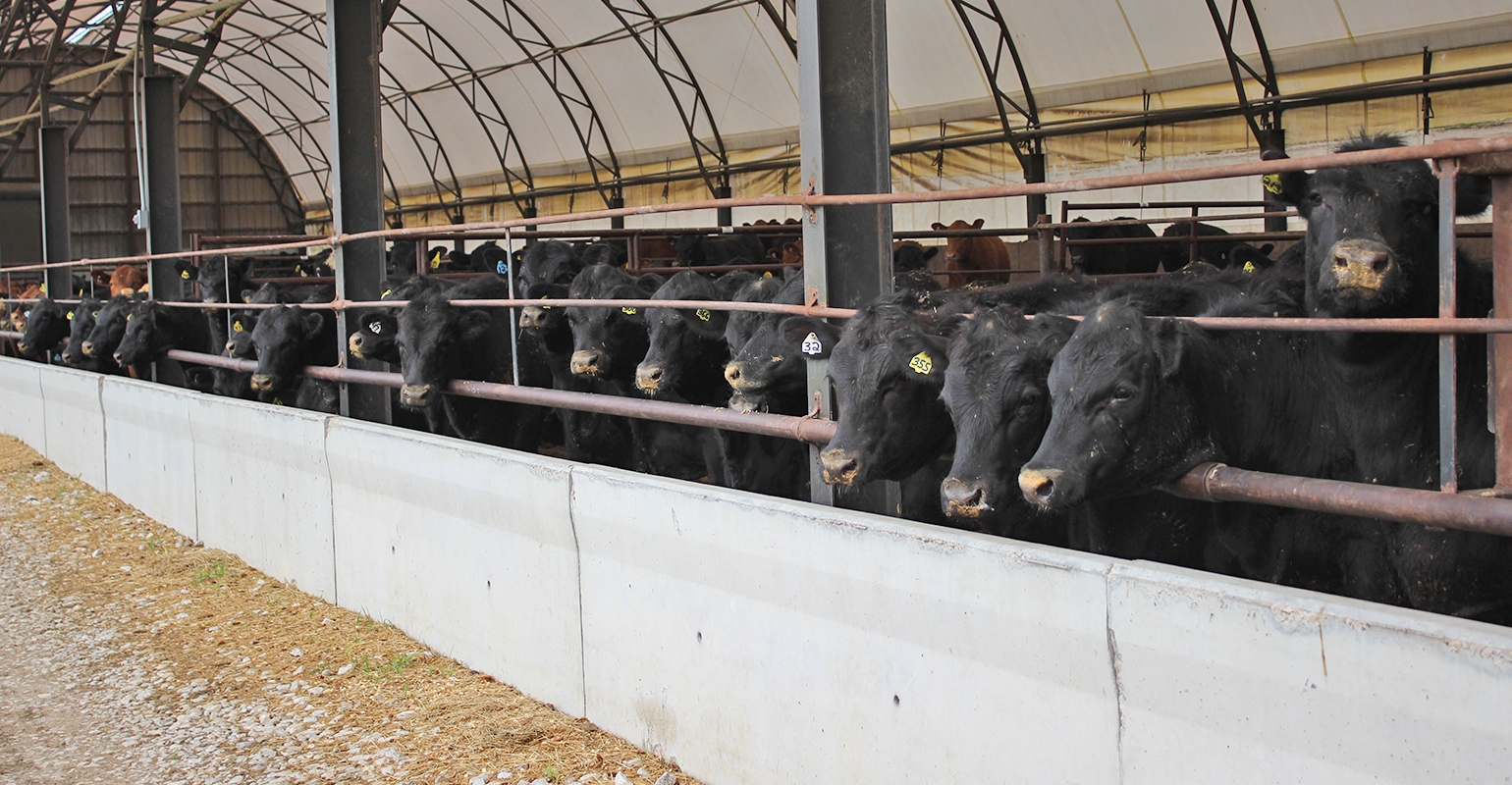Proactive Security: Bagley Risk Management Methods
Recognizing Livestock Danger Defense (LRP) Insurance: A Comprehensive Overview
Browsing the world of animals risk protection (LRP) insurance coverage can be a complicated venture for many in the farming industry. From just how LRP insurance policy operates to the various protection choices offered, there is much to reveal in this comprehensive guide that could potentially shape the way livestock producers approach danger monitoring in their businesses.

How LRP Insurance Policy Functions
Occasionally, understanding the auto mechanics of Animals Risk Protection (LRP) insurance policy can be intricate, but breaking down how it works can supply clearness for farmers and herdsmans. LRP insurance is a risk management tool created to shield livestock producers against unforeseen cost declines. It's crucial to note that LRP insurance coverage is not a profits assurance; instead, it focuses solely on price risk protection.
Qualification and Insurance Coverage Options

When it concerns protection options, LRP insurance coverage supplies producers the versatility to pick the coverage level, protection duration, and recommendations that finest suit their danger administration needs. Coverage levels commonly range from 70% to 100% of the expected ending value of the insured livestock. Producers can likewise choose insurance coverage durations that align with their production cycle, whether they are guaranteeing feeder cattle, fed cattle, swine, or lamb. Recommendations such as cost risk protection can further personalize insurance coverage to protect against adverse market fluctuations. By understanding the eligibility criteria and coverage options available, livestock manufacturers can make enlightened choices to handle danger properly.
Pros and Disadvantages of LRP Insurance Policy
When reviewing Animals Risk Protection (LRP) insurance, it is vital for livestock manufacturers to consider the drawbacks and advantages integral in this risk monitoring tool.

Among the primary advantages of LRP insurance coverage is its capacity to provide security versus a decrease in livestock costs. This can aid protect producers from economic losses resulting from market changes. Additionally, LRP insurance coverage offers a degree of adaptability, allowing producers to tailor protection degrees and plan periods to suit their specific requirements. By securing in an assured rate for their animals, producers can better manage risk and prepare for the future.
One limitation of LRP insurance coverage is that it does not shield against all types of dangers, such as disease break outs or natural catastrophes. It is crucial for producers to meticulously evaluate their private threat direct exposure and economic circumstance to identify if LRP insurance is the ideal risk administration tool for their operation.
Recognizing LRP Insurance Coverage Premiums

Tips for Taking Full Advantage Of LRP Conveniences
Taking full advantage of the benefits of Animals Risk Protection (LRP) insurance coverage calls for strategic planning and proactive risk administration - Bagley Risk important source Management. To make the many of your LRP protection, consider the complying with ideas:
Routinely Examine Market Problems: Remain notified regarding market patterns and cost fluctuations in the animals industry. By checking these factors, you can make informed decisions regarding when to buy LRP insurance coverage to shield against potential losses.
Set Realistic Coverage Degrees: When picking coverage levels, consider your production costs, market value of livestock, and potential risks - Bagley Risk Management. Setting realistic protection levels ensures that you are effectively shielded without paying too much for unnecessary insurance coverage
Diversify Your Coverage: As opposed to counting only on LRP insurance, consider diversifying your danger administration methods. Incorporating LRP with various other threat management tools such as futures contracts or alternatives can supply comprehensive insurance coverage against market unpredictabilities.
Testimonial and Adjust Coverage Regularly: As market conditions change, periodically assess your LRP insurance coverage to guarantee it aligns with your existing risk exposure. Readjusting insurance coverage levels and timing of purchases can aid maximize your threat defense strategy. By following these pointers, you can take full advantage of the advantages of LRP insurance coverage and safeguard your animals procedure versus unpredicted threats.
Conclusion
To conclude, livestock danger defense (LRP) insurance coverage is a beneficial tool for farmers to handle the economic risks connected with their animals operations. By comprehending just how LRP functions, eligibility our website and insurance coverage alternatives, as well as the benefits and drawbacks of this insurance policy, farmers can make informed decisions to secure their livelihoods. By very carefully taking into consideration LRP premiums and implementing methods to make the most of advantages, farmers can minimize possible losses and ensure the sustainability of their operations.
Livestock producers interested in acquiring Livestock Danger Security (LRP) insurance policy can discover an array of eligibility standards and protection alternatives customized to you can check here their details animals procedures.When it comes to insurance coverage alternatives, LRP insurance provides producers the flexibility to pick the protection level, protection duration, and recommendations that finest fit their danger administration requirements.To understand the ins and outs of Animals Danger Protection (LRP) insurance fully, understanding the factors influencing LRP insurance policy costs is critical. LRP insurance policy costs are figured out by different elements, consisting of the insurance coverage level chosen, the anticipated cost of livestock at the end of the coverage duration, the kind of livestock being guaranteed, and the size of the insurance coverage period.Review and Readjust Insurance Coverage Consistently: As market problems change, occasionally evaluate your LRP coverage to guarantee it aligns with your existing danger exposure.